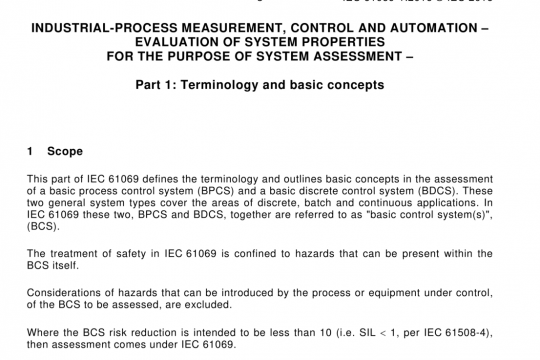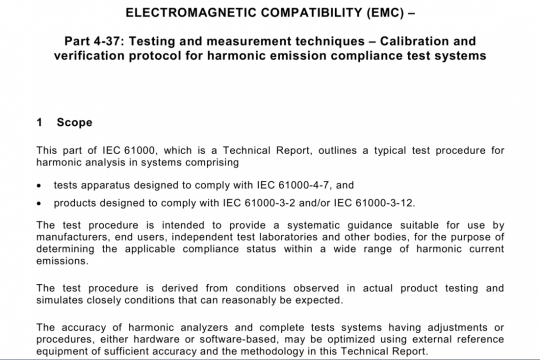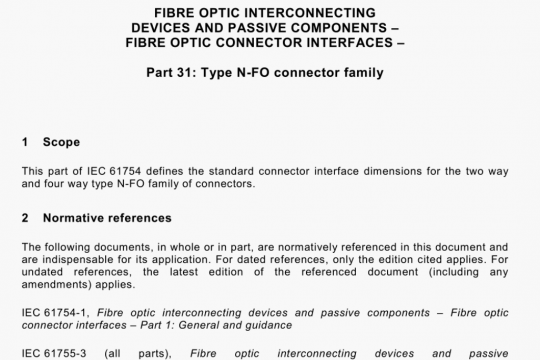IEC TR 63194 pdf free download
IEC TR 63194 pdf free download.Guidance on colour coding of optical fibre cables.
The rationale of a colour coding scheme is that each fibre within a cable be uniquely identified. This concept requires that each fibre in a unit be identified by colour or position or both, and that each unit also be identified — again, by colour or position or both. The combination of the two will uniquely identify any particular fibre within a cable. The scheme for the fibre and for the unit may or may not be the same.
Note that IEC 60304 defines the 12 colours for fibre identification, but does not specify which colour is for which fibre number. Also note that IEC 60794-3-11:2010 [7], 6.1.3.1, lists the 12 colours, but specifically leaves the coding to being “as agreed”.
The only definition of a colour code in the IEC 60794 system to date appears in IEC 60794-2:2017, 5.13. IEC 60794-2:2002, and earlier, contained a colour code for fibre identification; edition 4.0 (2017) does not contain that code. That code has been anecdotally described as having been “made up” to specifically not conform to any existing code, in hopes that it might become an agreed default. That agreement never occurred, therefore, it was dropped from edition 4.0. The stated colour codes stated in IEC 60794-2:20 17 [6] are for fibre, buffered fibre, ribbons, unit, rugged ized fibre elements and Jacket colours, based on fibre type.
The current work to restructure the IEC 60794-1 series — especially the revision of IEC 60794-1-1 — would suggest that the colour code should be a basic criterion addressed in the general specification.
Contemporary proposals with regards to the latest edition of IEC 60794-1-1 seek to move these criteria to IEC 60794-1-1 [4] and to this document, presuming some future revision of IEC 60794- 2:201 7. They present the necessary changes to IEC 60794-1-1 to standardize the “as agreed” approach and refer to this document for details. In view of current and future revisions, it may be that IEC 60794-1-1 will be normative regarding these requirements.
In addition, a jacket, sub-cable jackets, tube, or buffer colour may be used to identify the type of fibre within the cable. This type of coding may or may not conflict with the unique identification rationale of the coding scheme, depending on the cabte type.
5 Fibre colour coding
5.1 Intent
The intent of fibre colour coding is to uniquely identify each fibre in a cable. Schemes meeting this intent require either positive identification (such as a colour) or default identification (such as positional coding).
Fibre colours are generally defined by up to 12 colours, as per IEC 60304. Beyond 12 colours, schemes such as dashes, hachures, or multi-colours have been used. For special applications, such as hermetically-sealed fibres, additional colours have been used. Subclause 5.3 proposes colours 13 through 16, based on these applications.
Fibre coding schemes for cables with larger numbers of fibres will frequently require similar identification of the units in order to achieve unique fibre-level identification. Unit coding is addressed in Clause 6.
Colour coding of buffered fibres generally follows the scheme for fibres.
5.2 Historic IEC 60 794-2 colour code (for guidance)
Table 1 shows the colour code published in IEC 60794-2:2002, 3.13. While there is no known use of this scheme, it is presented, here, for completeness.
NOTE It is said, anecdotally, that this code was created to be unique and not align with any major known code in the hope that it might be adopted without prejudice. This has proven not to have been successful.IEC TR 63194 pdf download.




